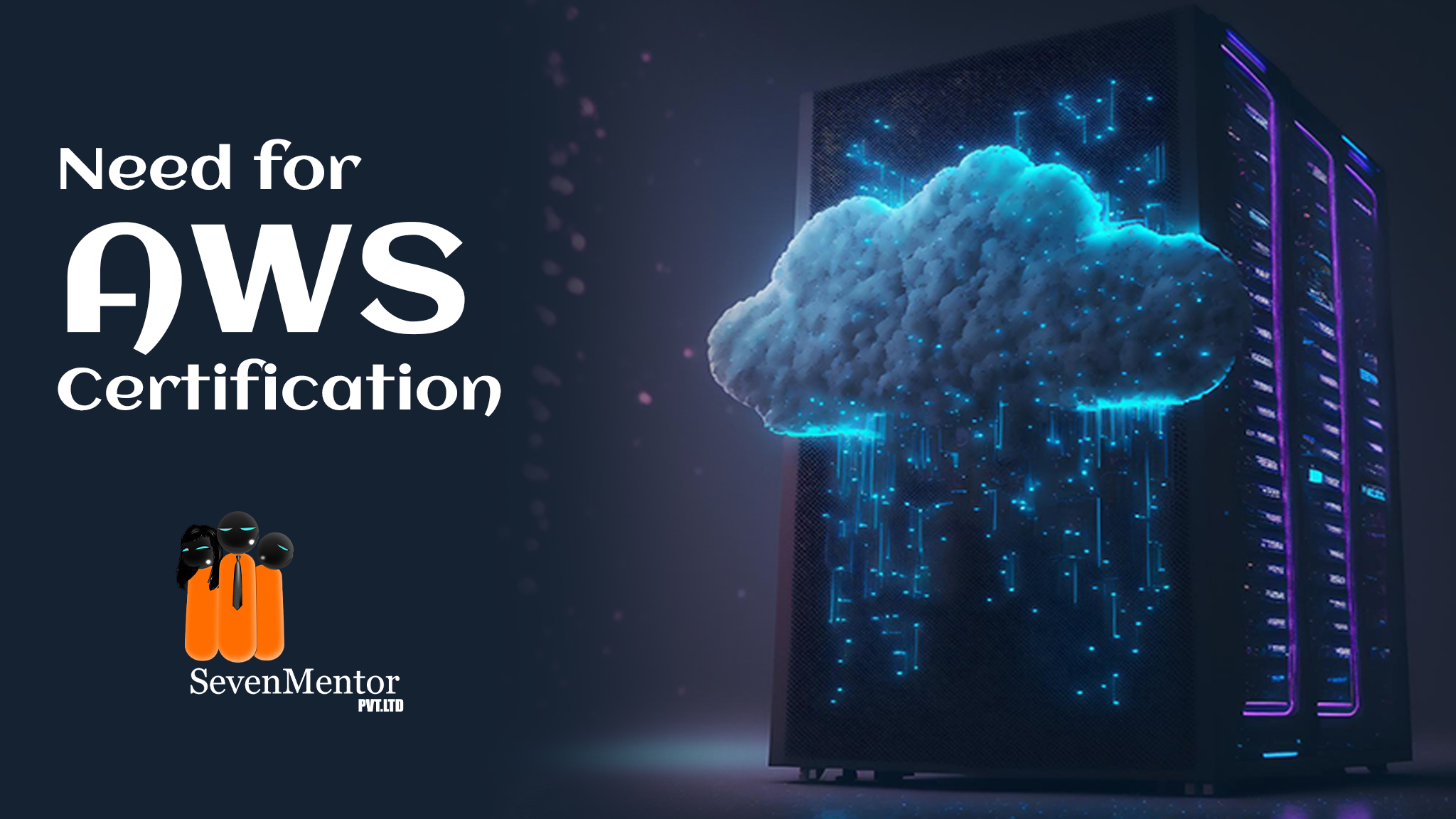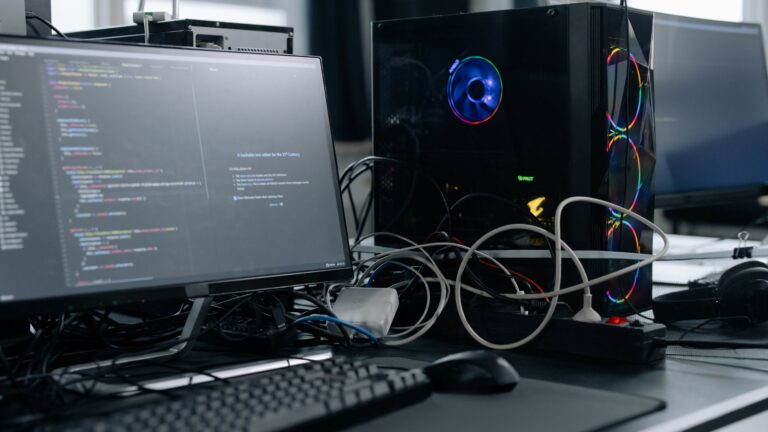Amazon Machine Images (AMIs) in AWS come in various designs to cater to different use cases and scenarios. Here are some common types of AMI designs:
-
Standard/Basic AMIs:
- These AMIs contain the base operating system with minimal software and configurations. Users typically build upon these to create customized instances.
-
Customized AMIs:
- Customized AMIs include additional software, libraries, and configurations tailored to specific requirements. They can save time during instance provisioning by including all necessary components.
-
Pre-configured AMIs:
- These AMIs are designed for specific use cases and come with software pre-installed and pre-configured. For example, there are pre-configured AMIs for web servers, databases, or development environments.
-
Public AMIs:
- Public AMIs are created by AWS users and shared publicly. They are often used as a starting point for various projects. Users can also share their own AMIs with the community.
-
Marketplace AMIs:
- AWS Marketplace offers a wide range of AMIs created by third-party vendors. These AMIs can include commercial software and solutions. Users can find AMIs for various purposes, from security tools to content management systems.
-
Community AMIs:
- Community AMIs are publicly shared images created by the AWS community. They often include popular open-source software stacks and configurations.
-
Machine Learning and AI AMIs:
- These AMIs come pre-installed with machine learning or artificial intelligence libraries and frameworks, making them ideal for data scientists and developers working on ML and AI projects.
-
Security and Compliance AMIs:
- AMIs designed for security and compliance come with tools and configurations to meet specific security standards or compliance requirements, such as HIPAA or GDPR.
-
High-Performance Computing (HPC) AMIs:
- HPC AMIs are optimized for high-performance computing workloads and often include specialized software for scientific or computational tasks.
-
Windows Server AMIs:
- AWS provides a variety of Windows Server AMIs with different Windows versions and configurations. These are essential for running Windows-based applications.
-
Minimal AMIs:
- Minimal AMIs contain the smallest set of components necessary for an operating system to run. These are often used for security or performance reasons when you need to minimize the attack surface.
-
Backups and Snapshots:
- Some users create custom AMIs for backup and recovery purposes. These images can be stored in S3 and quickly restored as needed.
-
Geographically Optimized AMIs:
- For global applications, you can create AMIs optimized for specific regions to reduce latency and improve performance.
-
Microservices and Container AMIs:
- AMIs designed for microservices architectures may include container runtimes, orchestration tools, and configurations for deploying containers.
-
Serverless AMIs:
- AMIs used for serverless functions may have unique configurations to optimize function performance.













